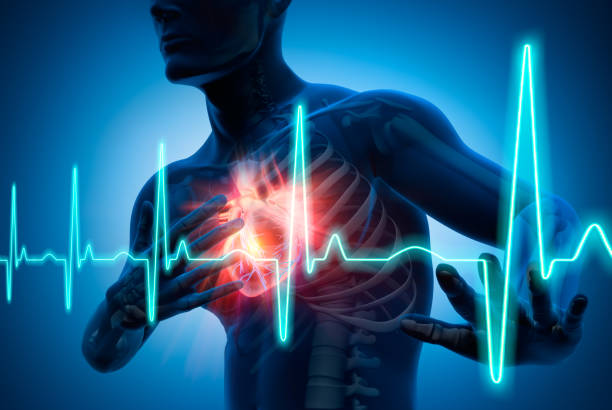The #1 Rated Blood Sugar Formula
Heart & Blood Vessels: Simple Clues to Your Heart

Each time the heart beats (contracts and relaxes), pressure is created inside the arteries. The pressure is greatest when blood is pumped out of the heart into the arteries. When the heart relaxes between beats (blood is not moving out of the heart), the pressure falls in the arteries.
Heart Attack and Heart Disease
High blood pressure can damage your arteries by making them less elastic, which decreases the flow of blood and oxygen to your heart and leads to heart disease.
Feel your pulse
Your doctor feels your pulse in order to check your heart's rate, rhythm and regularity. Each pulse matches up with a heartbeat that pumps blood into the arteries. The force of the pulse also helps evaluate the amount (strength) of blood flow to different areas of your body. You can tell how fast your heart is beating (heart rate) by feeling your pulse. Your heart rate is the amount of times your heart beats in one minute. To measure your pulse, you need a watch with a second hand.- Place your index and middle finger of your hand on the inner wrist of the other arm, just below the base of the thumb.
- You should feel a tapping or pulsing against your fingers.
- Count the number of taps you feel in 10 seconds.
- Multiply that number by 6 to find out your heart-rate for one minute.
- Pulse in 10 seconds x 6 = \__ beats per minute.
- When feeling your pulse, you can also tell if your heart rhythm is regular or not.
Listen to your heart
Your doctor listens to your heart with the aid of a stethoscope. The opening and closing of your valves make sounds ("lub dub") known as the heart sounds. The doctor can evaluate your heart and valve function and hear your heart's rate and rhythm by listening to your heart sounds.Check your blood pressure (BP)
Blood pressure is the force or pressure exerted in the arteries by the blood as it is pumped around the body by the heart. It is recorded as two measurements:- Systolic pressure: pressure in the arteries during the period of the heart's contraction (the higher number)
- Diastolic pressure: pressure in the arteries when the heart is relaxed, between heartbeats (the lower number)
BP facts:
- Normal blood pressure, for those not taking blood pressure medications, should be less than 120/80.
- Your blood pressure recording is not always the same. When you are exercising or excited, your blood pressure goes up. If you are at rest, your blood pressure will be lower. This is a normal response to changes in activity or emotion. Age, medications, and changes in position can also affect blood pressure.
- One high blood pressure reading does not mean you have high blood pressure. It is necessary to measure your blood pressure at different times, while resting, to find out if your typical blood pressure reading.
- Learn more about the cardiac physical exam.






